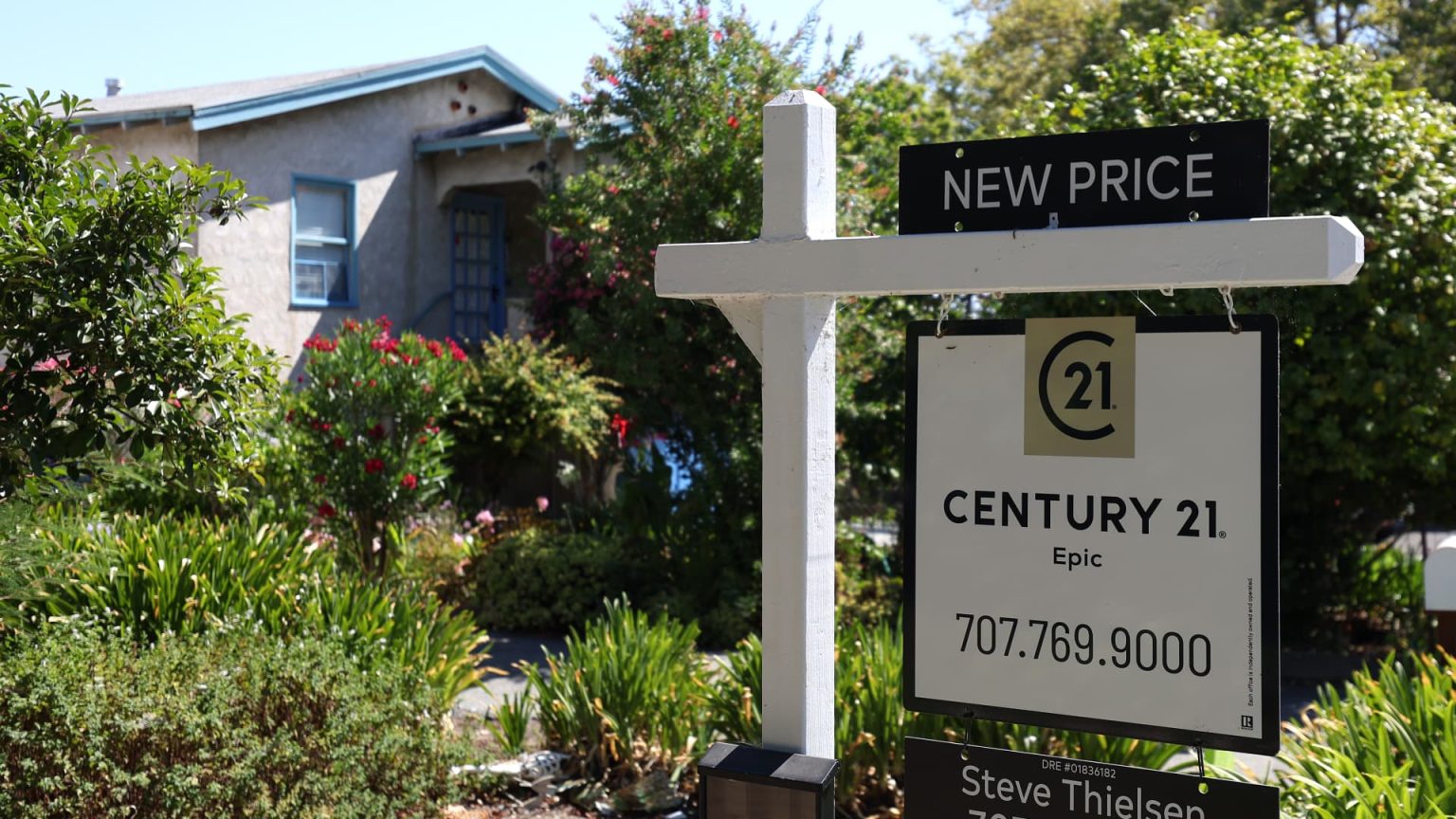In July, closed sales of previously owned homes rose by 1.3% compared to June, reaching a seasonally adjusted, annualized rate of 3.95 million units, marking the first increase in five months. However, sales were still 2.5% lower than the same time last year. The Northeast saw the largest gains in sales, while the Midwest remained flat. Prices also saw the most significant rise in the Northeast region. Lawrence Yun, the chief economist of the National Association of Realtors, noted that while there was a modest gain in home sales, the overall market remained sluggish. Consumers are benefiting from more choices and improved affordability due to lower interest rates.
These July sales were likely based on contracts signed in May and June when mortgage rates were above 7% for the popular 30-year fixed loan. However, rates began dropping in July and are currently around 6.5%. All-cash offers accounted for 27% of sales in July, representing an increase from 26% the previous year and well above the historical average. The supply of homes for sale continued to increase in July, with 1.33 million homes on the market by the end of the month, up by 0.8% from June and almost 20% higher than July 2023. Despite the rise in inventory, home prices continued to climb, with the median price of an existing home sold in July reaching $442,600, a 4.2% increase year-over-year.
First-time buyers made up 29% of home sales in July, remaining unchanged from June but down from 30% in July 2023. Historically, first-time buyers typically account for around 40% of home sales, but affordability challenges due to rising home prices and mortgage rates have impacted their share in recent years. With mortgage rates now slightly lower, demand is starting to show signs of improvement. An additional report from Redfin, a real estate brokerage, found that requests for tours and other buying services from Redfin agents rose by 4% in the last week, reaching the highest level in two months. The combination of lower interest rates and increased demand is beginning to stimulate the housing market.
The overall increase in supply did not lead to a cooling of home prices, signifying continued strong demand in the market. Despite the rise in inventory levels, the supply-demand imbalance is still contributing to price appreciation. Although the market remains competitive, improvements in affordability due to lower interest rates are beginning to attract more buyers. With more options available for prospective homebuyers and easing affordability pressures, the housing market is showing signs of resilience and potential for further growth in the coming months. Buyers are benefiting from increased choices and lower mortgage rates, which are driving an uptick in demand and contributing to a more balanced market environment compared to previous years.
In conclusion, the July housing market showed a slight increase in closed sales, driven by lower interest rates and improved affordability. Despite sluggish overall sales, the increase in supply and lower mortgage rates are beginning to stimulate demand, with first-time buyers and all-cash offers playing significant roles in the market. The Northeast region saw the most significant gains in sales and prices, while the Midwest remained stable. The market is showing signs of recovery and potential growth as buyers respond positively to more options and lower rates. The housing market may continue to see improvements in the upcoming months as demand starts to pick up and affordability becomes a more favorable factor for prospective buyers.


